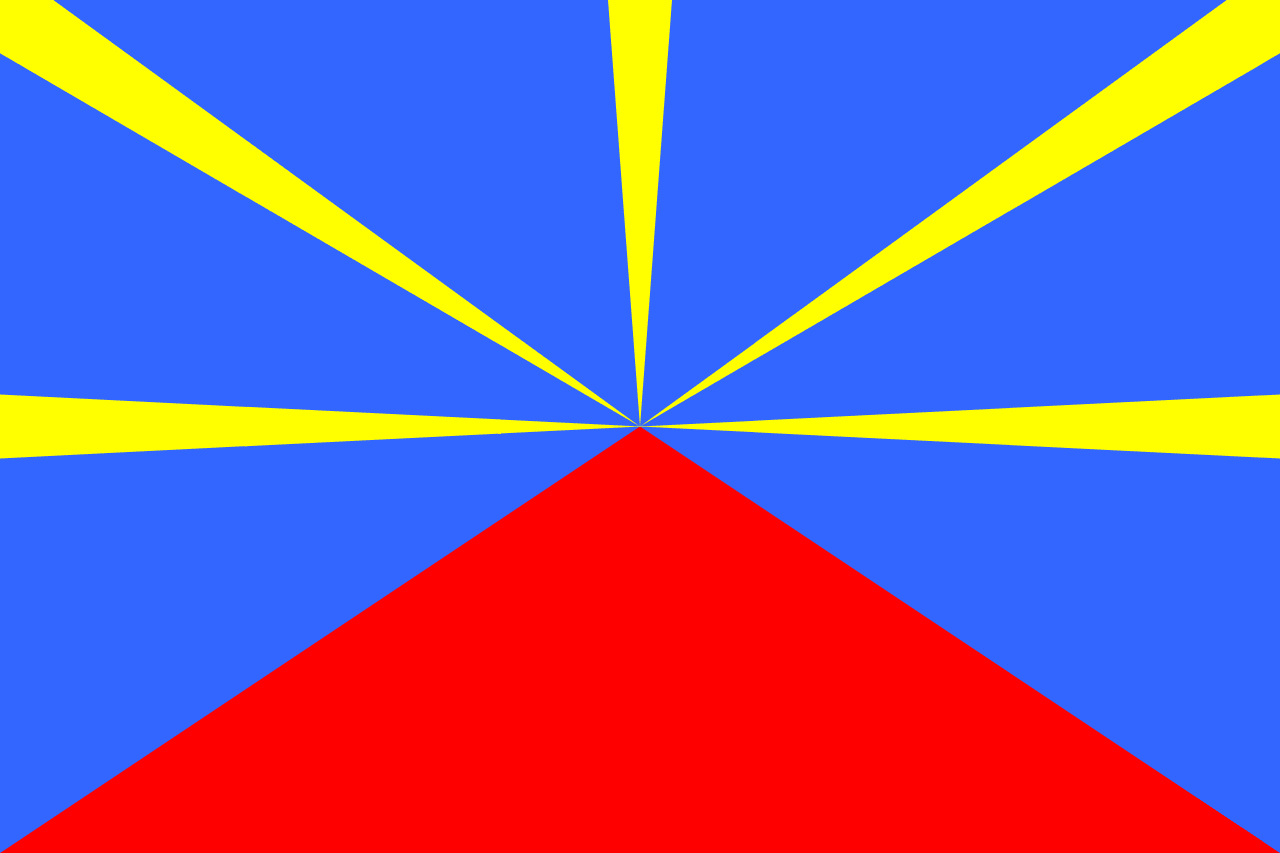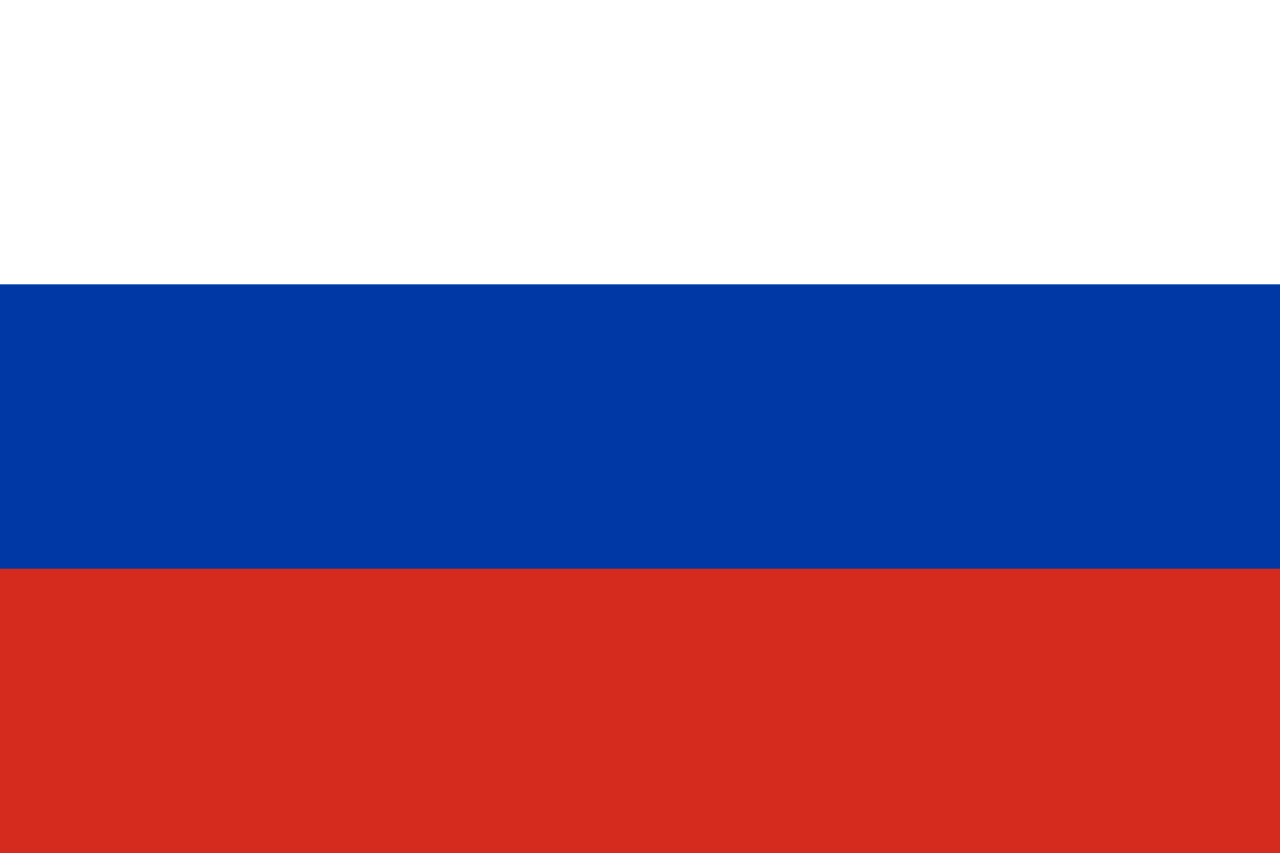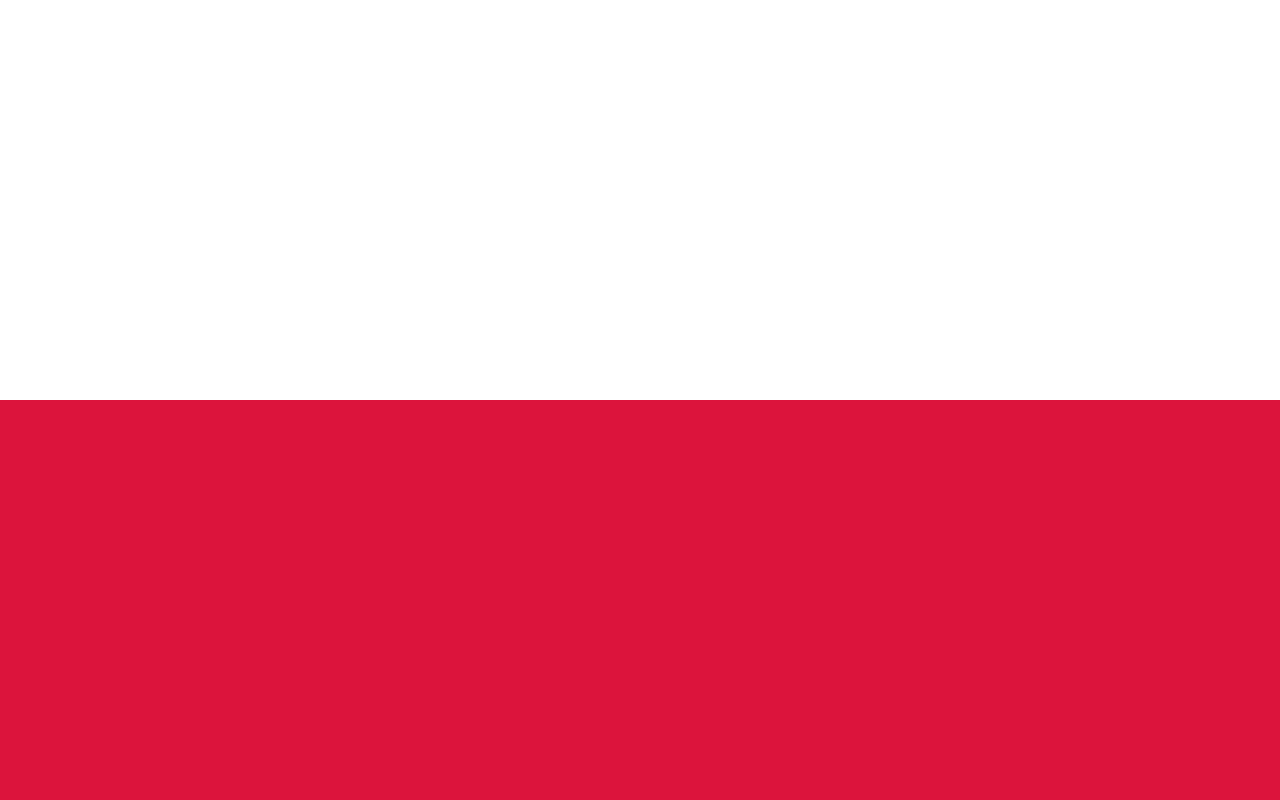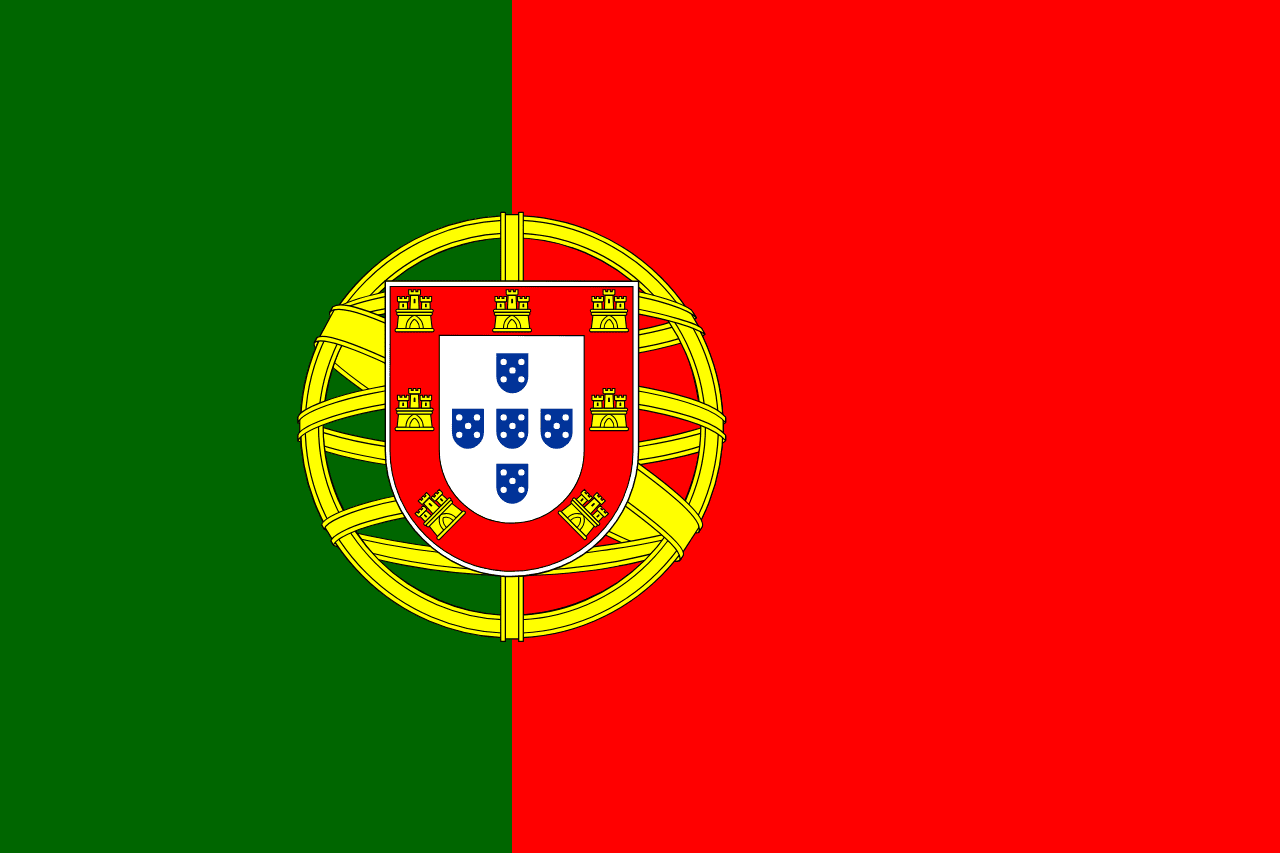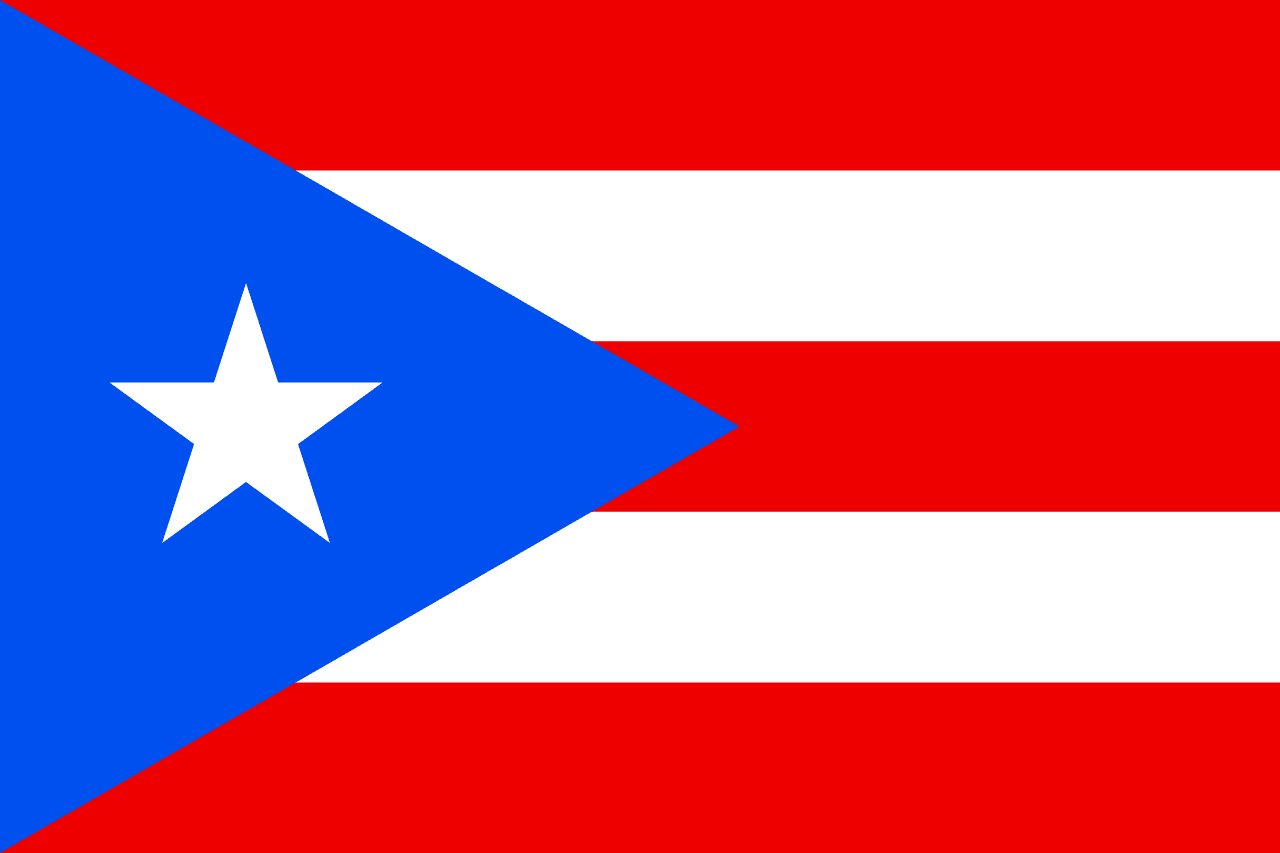The flag of Qatar consists of a maroon field with a white serrated band (or zigzag) on the hoist side. This distinctive design sets it apart from other national flags and encapsulates Qatar's rich history, cultural identity, and aspirations as a nation.
Qatar information
| National Flag Day | December 18th |
| Sovereign state | Yes |
| Official name | State of Qatar |
| Capital | Doha |
| Population | 2,674,235 |
| Area | 11,581 km² |
| Currency | Qatari riyal (QAR) |
| Language | Arabic |
| Continent | Asia |
| Region | Middle East |
| Subregion | Persian Gulf |
| Borders | Saudi Arabia |
| Timezone | Astronomical Time Zone (AST) UTC+3 |
| Calling code | +974 |
| Top-level domain | .qa |
History of the Qatari flag
 The current design of the Qatari flag was officially adopted on July 9, 1971, coinciding with Qatar's independence from British protection. However, the flag's history dates back to the 19th century. Originally, Qatar used a plain red flag similar to those of neighboring Gulf states. The white serrated band was added in 1932, under the rule of Sheikh Abdullah bin Jassim Al Thani, to distinguish Qatar's flag from those of its neighbors. The shade of red was later darkened to maroon in 1949, further differentiating it and creating the unique design we see today.
The current design of the Qatari flag was officially adopted on July 9, 1971, coinciding with Qatar's independence from British protection. However, the flag's history dates back to the 19th century. Originally, Qatar used a plain red flag similar to those of neighboring Gulf states. The white serrated band was added in 1932, under the rule of Sheikh Abdullah bin Jassim Al Thani, to distinguish Qatar's flag from those of its neighbors. The shade of red was later darkened to maroon in 1949, further differentiating it and creating the unique design we see today.
Symbolism and design of the Qatari flag
The Qatari flag's design is rich in symbolism, reflecting the nation's history, values, and identity. The maroon background represents the bloodshed in Qatar's historical struggles, symbolizing the sacrifices made by the nation's people throughout its history. It's worth noting that Qatar is one of the few countries to use this distinctive shade on its national flag. The white serrated band on the hoist side represents peace and harmony, a stark contrast to the maroon field. The serrated edge features nine points, signifying Qatar as the 9th member of the "reconciled emirates" of the Persian Gulf at the conclusion of the Qatar-British treaty of 1916. The unique zigzag separator between the white and maroon also serves a practical purpose – it prevents the flag from fading into a pink color when hung for extended periods in the bright desert sun.
Usage and significance of the Qatari flag
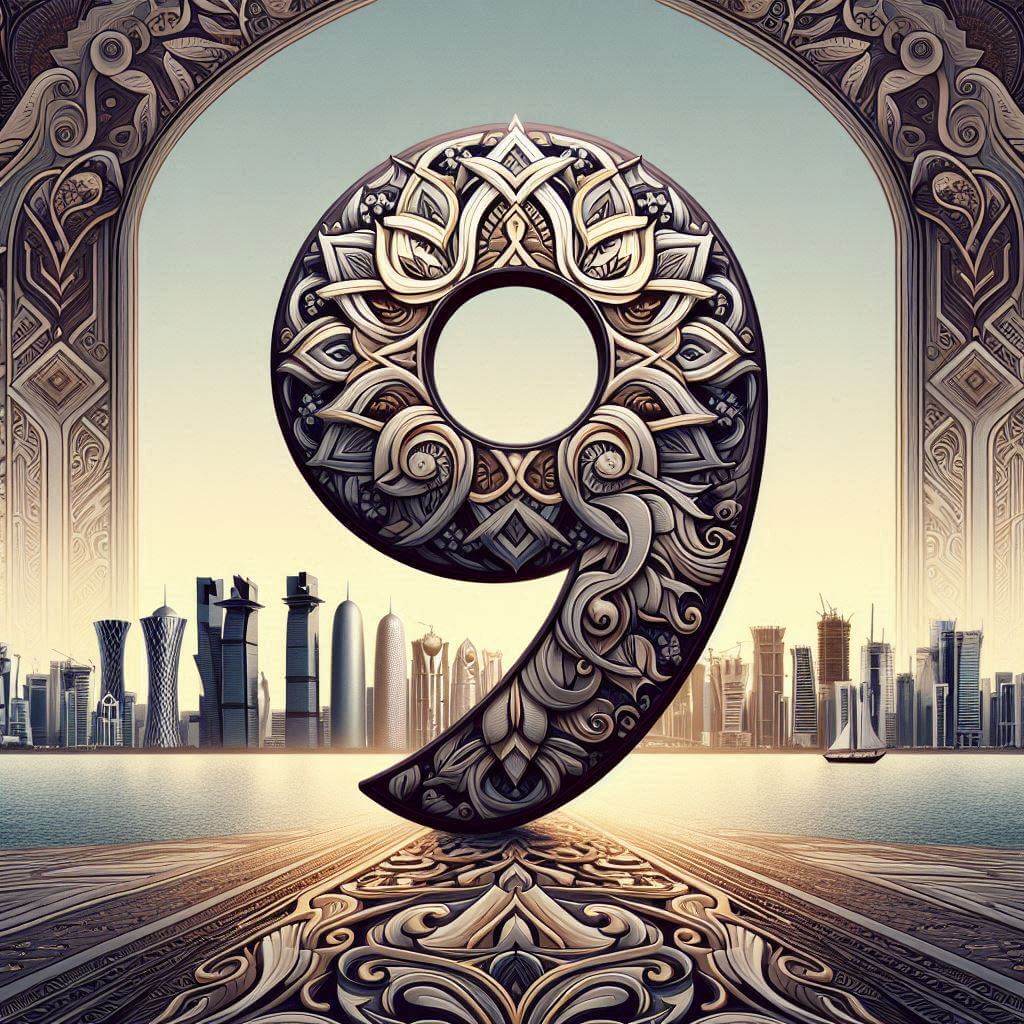 The flag of Qatar is a powerful symbol of national identity and pride. It is prominently displayed on government buildings, schools, and during national celebrations. Qatar National Day, celebrated on December 18th, sees widespread display of the flag by citizens and residents alike. The flag plays a crucial role in international contexts, representing Qatar at diplomatic events, global sporting competitions (notably during Qatar's hosting of the 2022 FIFA World Cup), and cultural exchanges. It serves as a unifying symbol for Qataris, embodying their shared heritage, values, and aspirations for the future.
The flag of Qatar is a powerful symbol of national identity and pride. It is prominently displayed on government buildings, schools, and during national celebrations. Qatar National Day, celebrated on December 18th, sees widespread display of the flag by citizens and residents alike. The flag plays a crucial role in international contexts, representing Qatar at diplomatic events, global sporting competitions (notably during Qatar's hosting of the 2022 FIFA World Cup), and cultural exchanges. It serves as a unifying symbol for Qataris, embodying their shared heritage, values, and aspirations for the future.
Interesting facts about the Qatari flag
- The ratio of the Qatari flag is 11:28, making it one of the few national flags with a proportion of more than 2:1.
- The specific shade of maroon used in the flag is unique and is sometimes referred to as "Qatar Maroon" or "Qatar Red".
- The flag's design inspired the creation of Qatar Airways' logo, which features a similar maroon and white color scheme.
- During Qatar National Day celebrations, it's common to see enormous versions of the flag displayed on buildings and in public spaces.
- The flag's distinctive design has made it a popular motif in Qatari art, fashion, and architecture, reinforcing its cultural significance.
